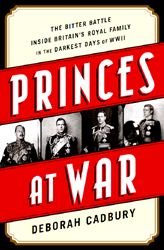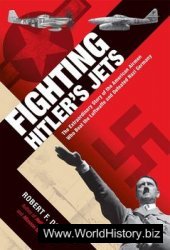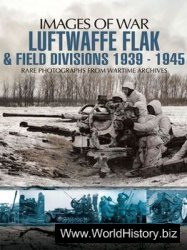The conflict between Tamils and Sinhalese was largely fought out in parliamentary debates until the 1970's, when the first violent acts by Tamil guerrillas were carried out against Sinhalese targets. With the population boom during the 1950's, a large, new generation of Tamils became adults during the 1970's. This younger generation had also benefited from one of the best educational systems in Asia. They were well educated and expected good jobs.
However, while the population and educational system were growing, the economy of Sri Lanka was not. Thousands of youths were graduating from high school and college with no job prospects. Among the Tamils, this generation became impatient with the politics of cooperation carried out by the older generation of Tamils who were part of the transition from British rule to independence. Tamil society had become obsessed with education.
This was a product of the Methodist missionaries who, in the nineteenth and twentieth centuries, came from the United States and Great Britain to the Jaffna Peninsula, which is located at the northern tip of the island and is almost exclusively populated by Tamils. Jaffna is the heartland of Sri Lanka Tamil culture, and education is a very important part of that culture.
During the 1970's the government changed how students were admitted to the universities. Prior to this, students took exams that determined who would receive admission to the universities. The educational system was modeled after that of Great Britain, with advanced and ordinary level exams. The advanced, or A-level, exams were for students who wanted to go to college; they were given in English, Tamil, and Sinhala. For many years the scores for exams taken in the Tamil language were higher than the scores for exams taken in the Sinhalese language.
During the 1970's some Sinhalese accused the Tamil graders of cheating on the scores and grading Tamils higher than Sinhalese. As a result, a system of quotas was established to increase university admissions among Sinhalese. The new rules allowed Sinhalese test takers to gain admission to the universities with lower scores than those required of Tamil test takers. Many Tamil youths were angered by this, and some joined one of several militant Tamil groups that advocated violence against the government.
Until 1983 the Tamil youth groups occasionally attacked the government with little loss of life on either side. In July, 1983, however, a group of guerrillas attacked and killed thirteen Sri Lankan government soldiers in the Jaffna District. When news of the attack reached the south of the country, Sinhalese rioters began attacking Tamils. Thousands were killed in the riots and many homes were destroyed.
Even more serious was the involvement in the riots of several government ministers, who arranged government buses to take rioters to areas where many Tamils lived. In addition, police often stood by and watched or walked away when rioters attacked Tamil houses. Sri Lankan president Junius Richard Jayawardene initially made no effort to address the nation or to appeal for calm. He waited for three days before making a television address asking Sri Lankans to stop rioting. By this time many Tamils had already been killed and the riots were subsiding.
The riots made many Tamils believe that they would never be able to live safely in Sri Lanka. The occasional conflict became an open war in the north and east of the country. The attacks became more violent as the Tamil guerrillas began setting off bombs in the Sri Lankan capital of Colombo, and the intensity of the fighting increased. Both sides sought bigger and better weaponry and training.




 World History
World History









